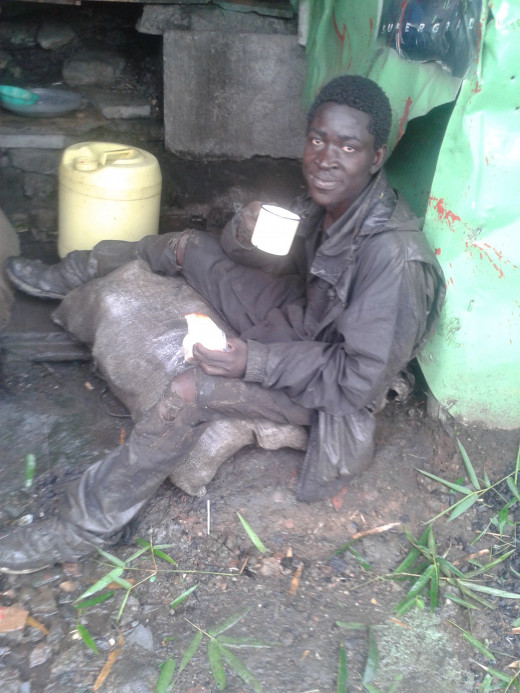Street Families in Kenya: Need for a Practical Definition to Guide Policy
A Member of Street Family in Nairobi

The history of street children and by extension, families is less known because very few people have shown any genuine interest in understanding the phenomenon. While various reasons have been advanced to explain the root causes, attempts to fully understand and eventually solve the problem have not generated any practical impact. This is despite the fact that the government of Kenya has spent more than a billion shillings to address the issue since 2003. The reason for this failure has been partly due to the tendency by those in authority to understand people as behaving in response to causes, as opposed to understanding them as acting in accord with conventions or rules. For instance, it is generally held that factors including abuse in the family and poverty cause some children to go to the streets. However, the truth is that the street family phenomenon is a consequence of the existing social structure, and as such, must be understood within the context of the wider society.
Street family phenomenon is a reflection of a deeper problem within the society. However, there is no agreement on the true dimensions of the problem. Understanding the phenomenon from a ‘cause’ point of view obscures the boundary that exists between street families and other urban poor. The issue therefore is to dissect and identify unique features that differentiate street families from other populations. Interestingly, this issue is often not raised because even the so called specialists are unable to define “street family”. It is also not raised because the question of definition is a problem to most people. In fact, we all know a street family when we see one but we cannot give a definitive explanation of what constitutes street families.
This fundamental question about street families is crucial because policy makers must describe who is covered by policy and by reference, who is not. In fact, most programs in Kenya that purport to support street families often benefit slum families due to poor understanding of the difference between the two groups. A question might be posed: Are street families different because of some inherent quality or are they unique because of factors not necessarily inherent to them? In formulating a definition of street family, the goal should be to identify characteristics or qualities of street families that when considered simultaneously, are not and cannot be descriptive of other groups, say slum families. In other words, there is need to conduct an objective inquiry which provides descriptions and explanations of street families to reveal their actual nature. Actual nature in this sense refers to the properties of street families as they exist independently of the rest of society’s thoughts and attitudes regarding them.
Precision in defining a social phenomenon is often a fundamental tool not only for the theorist or researcher; it is also essential for the development of policy. To aspire for precision in defining street family is not to discount what is already well known. Rather it is to recognize that there are different levels at which street families can be understood but that a complete definition will not be forthcoming until the interdependence of levels of explanation is understood. Additionally, knowing which qualities are inherent to street families and which are more likely to be found in street families than in other groups owing to social support would be useful in projecting how a definition of street family might change over time.
There are two major ways to approach the question of whether there are important, practical differences between street families and other groups. One is to acknowledge the obvious answer that, intuitively, differences exist, as everyone walking in urban areas, especially Nairobi, observes. The other alternative is to address the question openly by examining empirical evidence in order to discover subtle nuances that may fail to gain the attention of the casual observer. Such evidence, it is hoped, will lead to a more thoughtful examination of the basic question posed in this article and will assist policy makers, theorists and researchers in seeking new ways to examine the issue of street families.






